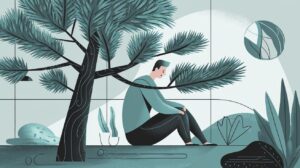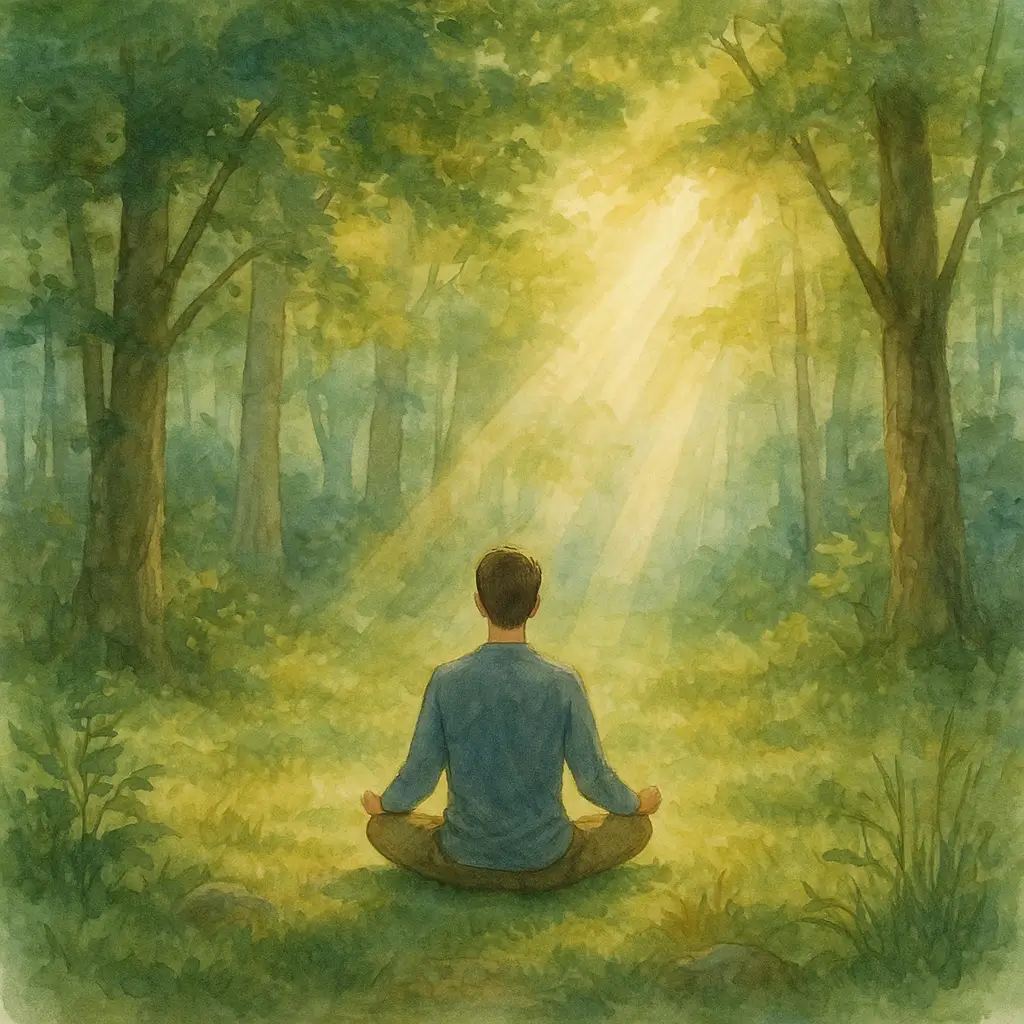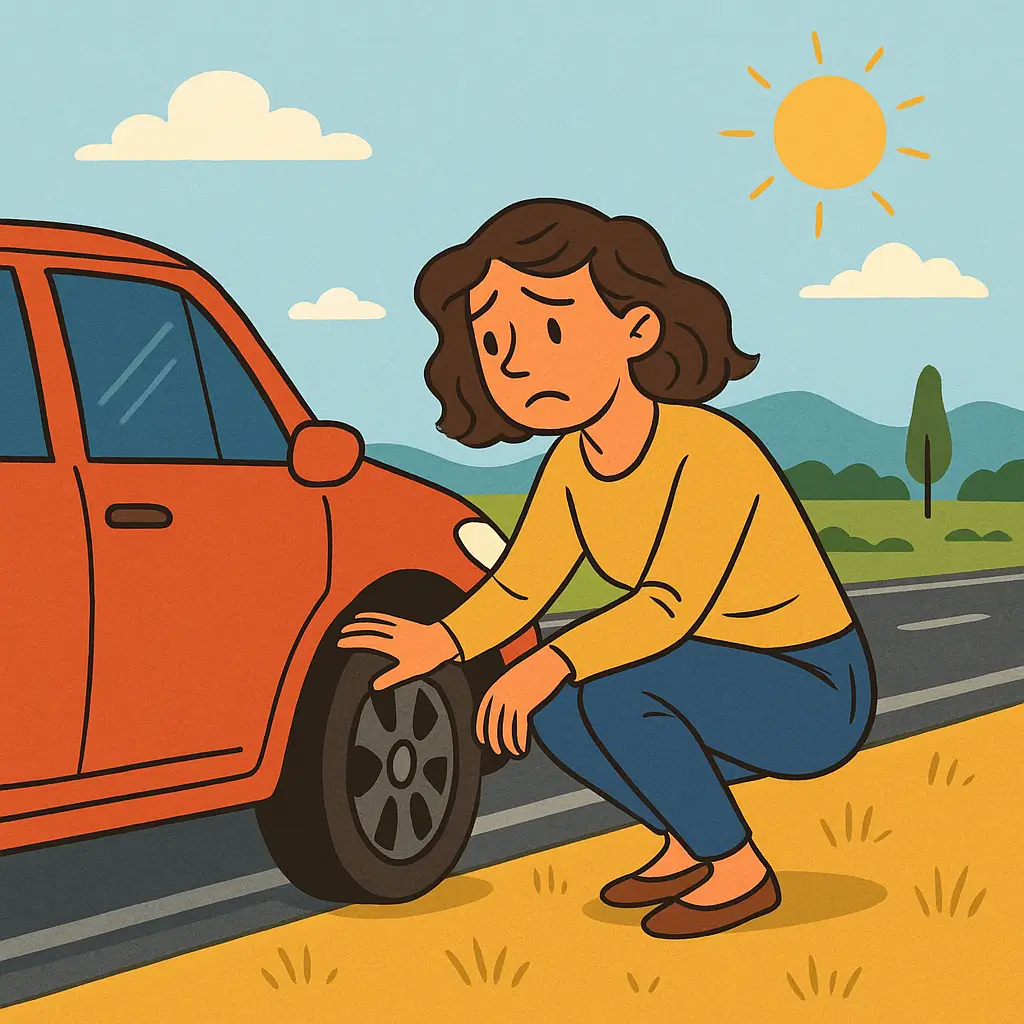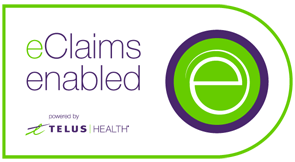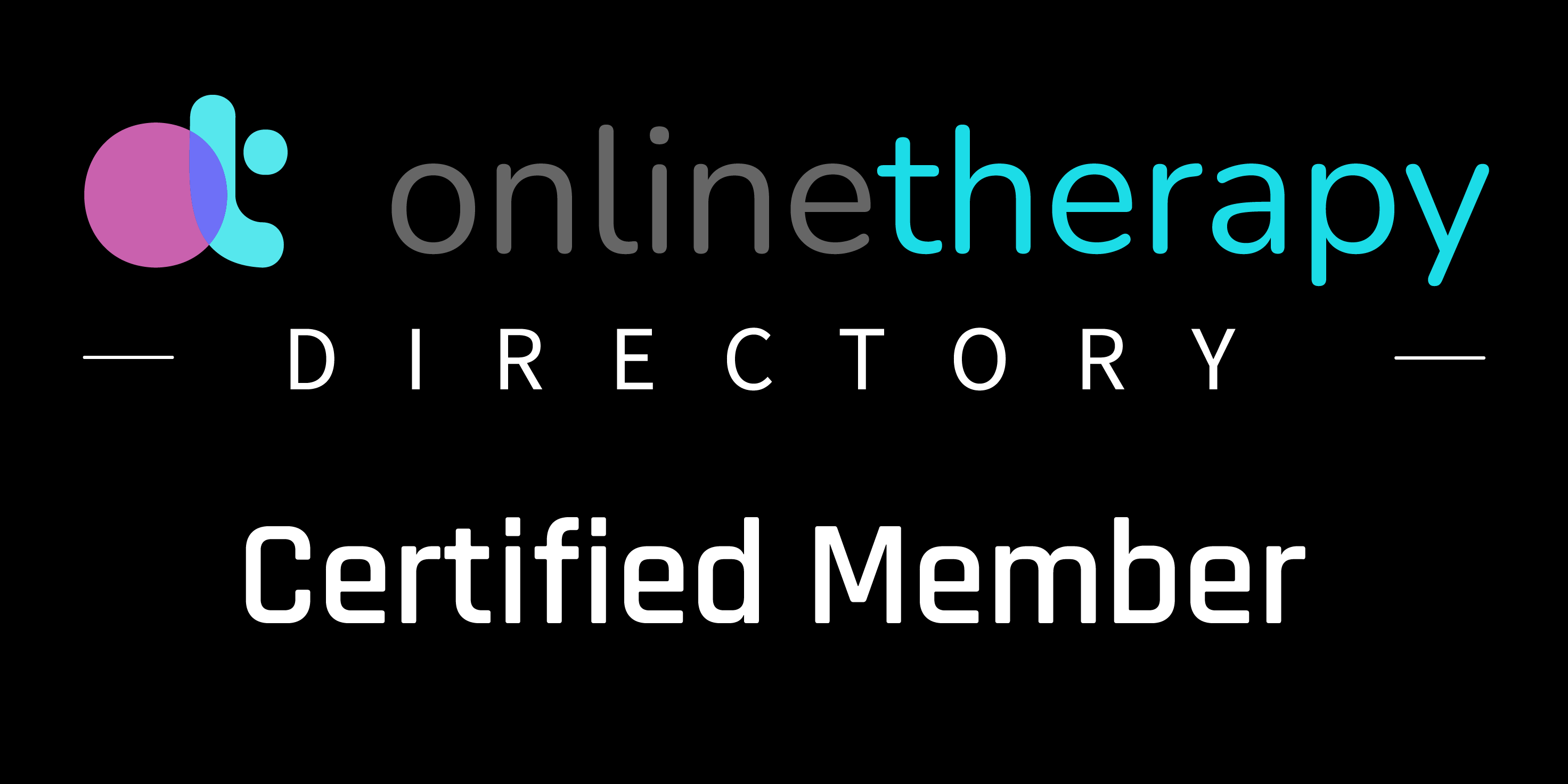Seasonal affective disorder (SAD) is a prevalent condition that affects many individuals, particularly those residing in northern latitudes where the winter months are characterized by darkness and cold temperatures. While many experience seasonal changes impacting their physical and emotional well-being, SAD represents a more severe form of clinical depression in conjunction with the changing seasons. In this article, we will delve into the details of SAD, its symptoms and causes, and explore the potential benefits of light therapy as a treatment option.
Symptoms of Seasonal Affective Disorder
Unlike the typical “winter blues,” SAD manifests as a distinct clinical condition with specific symptoms. Individuals experiencing SAD often report daily feelings of hopelessness, persistent loss of interest in activities they once enjoyed, low energy levels, sleep disturbances such as difficulty falling asleep or oversleeping during the day, and at times, even thoughts of death or suicide. It is essential to note that these symptoms must be present for at least two consecutive years during specific seasons for a diagnosis of SAD.
Causes of Seasonal Affective Disorder
The exact cause of SAD remains unclear; however, researchers have identified several factors that contribute to its development. One prominent theory suggests that individuals with SAD have an altered response to decreased daylight hours during winter. This modified response leads to an overproduction of melatonin (the sleep hormone) and a serotonin deficiency (the feel-good hormone) in the brain. The resulting hormonal imbalance can lead to feelings of lethargy, increased appetite, and withdrawal from social interactions.
Understanding Light Therapy
Light therapy, also known as phototherapy, has gained recognition as a potential treatment for SAD. This therapy involves exposure to a light source that simulates natural sunlight, typically using a lightbox or light panel. Light therapy provides individuals with increased exposure to bright light, which can help regulate their circadian rhythm and rebalance the disrupted melatonin and serotonin levels.
Evidence Supporting the Use of Light Therapy
The effectiveness of light therapy in treating SAD has been a subject of scientific investigation. Conducting randomized controlled trials for light therapy poses challenges due to the difficulty of creating a placebo condition. Nonetheless, researchers have conducted studies comparing bright light therapy to lower light or sham light exposure. A systematic review published in 2020 analyzed 19 randomized clinical trials that examined the impact of light therapy on SAD symptoms. The findings revealed that exposure to bright light therapy (1000 lux or higher) for a minimum of 30 minutes per day led to significant improvements in depressive symptoms comparable to those achieved through traditional antidepressant medications for other forms of depression.
Practical Considerations for Light Therapy
For individuals interested in trying light therapy, there are a few practical considerations to remember. Choosing a lightbox or light panel that emits at least 10,000 lux of brightness is recommended. This intensity is comparable to natural daylight and has shown positive outcomes in research studies. It is important not to stare directly into the light source but rather position it at an angle that allows indirect exposure. During light therapy sessions, individuals can engage in activities such as reading, watching television, or enjoying a meal. Aiming for approximately 30 minutes of light exposure each day, preferably in the morning, is advisable to capitalize on the wake-up and mood-enhancing effects.
Light Therapy as an Adjunctive Treatment
While light therapy has shown promise as an effective treatment for SAD, it is essential to note that it may not be equally effective for everyone. Some individuals may require additional treatment modalities, such as antidepressant medications or cognitive-behavioural therapy (CBT), to manage their symptoms effectively. Consulting with a healthcare professional experienced in treating SAD can provide valuable guidance on selecting appropriate treatment options tailored to individual needs.
Benefits and Considerations
One significant advantage of light therapy is its relatively low cost compared to other treatment modalities. Additionally, light therapy carries minimal risk of side effects when used correctly under professional guidance. This makes it an attractive option for individuals seeking non-invasive and accessible forms of treatment for SAD. However, it is crucial to acknowledge that individual responses to light therapy may vary, and some individuals may experience mild side effects such as eyestrain, headaches, or nausea. These side effects are usually temporary and can be mitigated by adjusting the duration or distance from the light source.
Counselling
In addition to light therapy and other treatment options, individuals experiencing seasonal affective disorder (SAD) may find counselling or therapy beneficial. Professional counselling can provide a supportive and safe environment to explore and address SAD's emotional and psychological aspects, helping individuals develop coping strategies and improve overall well-being. Seeking guidance from a qualified counsellor or therapist can complement light therapy and contribute to a comprehensive approach to managing SAD symptoms.
Seasonal affective disorder is a legitimate concern affecting millions of individuals worldwide. While the exact cause remains elusive, research has shed light on its association with reduced exposure to daylight during winter. Light therapy is a potential symptom-relief solution for many SAD individuals. The evidence supporting its effectiveness continues to grow, demonstrating comparable improvements in depressive symptoms compared to traditional antidepressant medications used for other types of depression. With its affordability, minimal risk of side effects, and ease of use, light therapy provides an accessible treatment option that warrants consideration for individuals seeking relief from SAD symptoms.
Disclaimer: This article is for informational purposes only and should not substitute professional medical advice. Individuals experiencing symptoms of depression or SAD are advised to consult a qualified healthcare professional for accurate diagnosis and personalized treatment recommendations.







